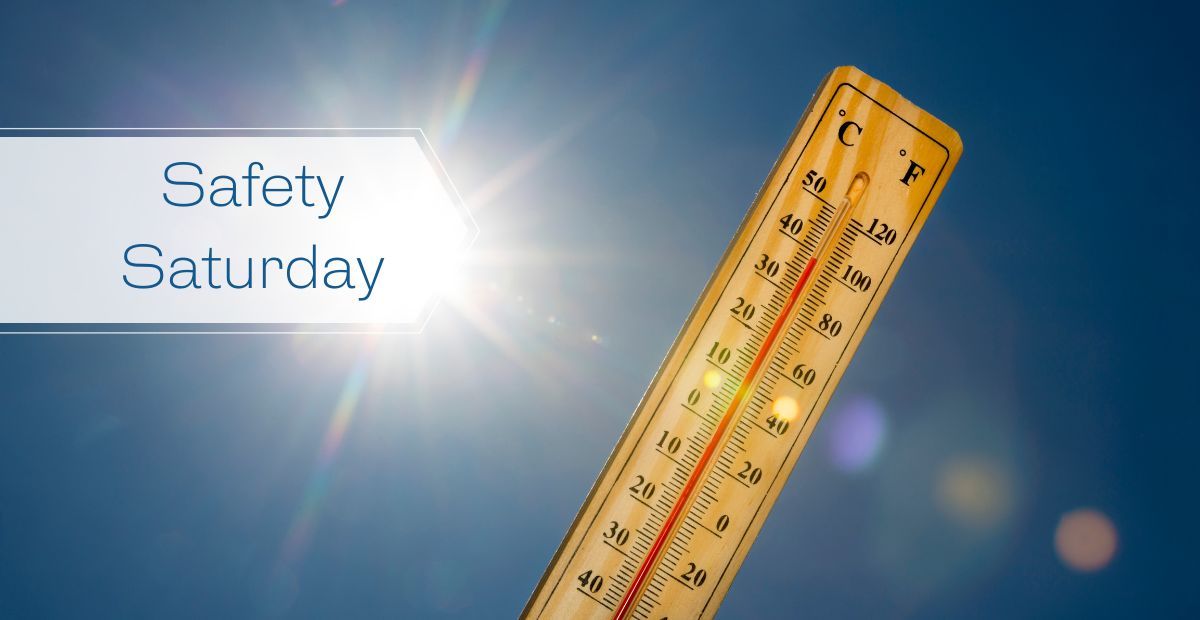Safety Saturday: Heat-Related Illnesses
According to the National Weather Service, excessive heat warnings and heat advisories are currently in effect throughout 28 states, including Texas, Oklahoma, and Arkansas.

Exposure to heat can cause illness and death. There are precautions that should be taken any time temperatures are high and the job involves outdoor, physical work.
With these scorching temperatures, it is vitally important to be aware of the symptoms of heat stress, heat exhaustion, and heat stroke. Heat-related illnesses may initially manifest as a rash or cramps but can quickly escalate to heat exhaustion and heat stroke if simple preventative measures are not followed.
Symptoms of Heat Exhaustion:
- Headache, dizziness, lightheadedness, fainting
- Weakness and cool, pale, clammy skin
- Mood changes, irritability, confusion
- Nausea, vomiting
Symptoms of Heat Stroke:
- Dry, hot skin with no sweating
- Mental confusion or loss of consciousness
- Seizures or convulsions
Hot summer months pose special hazards for outdoor workers
Construction workers are also prone to heat stress in various high temperature settings, such as on rooftops or in open excavation sites which may lack air movement. Additionally, outdoor workers in agriculture, lawn maintenance, and personnel handling utility projects or road work such as laying asphalt are other examples of those exposed to heat stress.
Prevention is the best way to avoid heat-related illness
The National Institute for Occupational Safety and Health (NIOSH) recommends that employers have a plan in place to prevent heat-related illnesses. The plan should include hydration (drinking plenty of water), acclimatization (getting used to weather conditions), and schedules that alternate work with rest.
OSHA (Occupational Safety & Health Administration) also suggests wearing lightweight, light colored, loose- fitting clothes, blocking out direct sun and taking frequent breaks in the shade or indoors where there is air conditioning.
Employers should also educate workers about the hazards of working in hot conditions.
Deaths attributed to natural heat exposure represent a continuing public health concern. The Centers for Disease Control and Prevention (CDC) reports an annual average of 702 heat-related deaths in the United States. During the summer, we must all take precautions to ensure our bodies don’t get over heated. Preparedness and response initiatives that limit exposure during periods of extreme heat can reduce the rate of fatalities.








